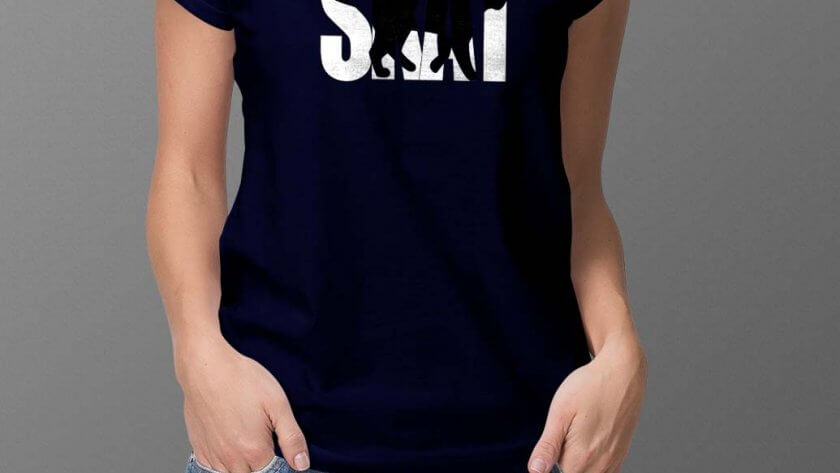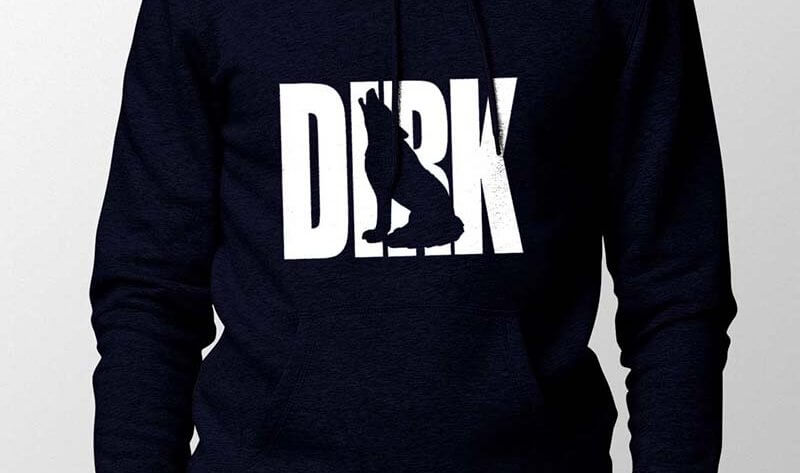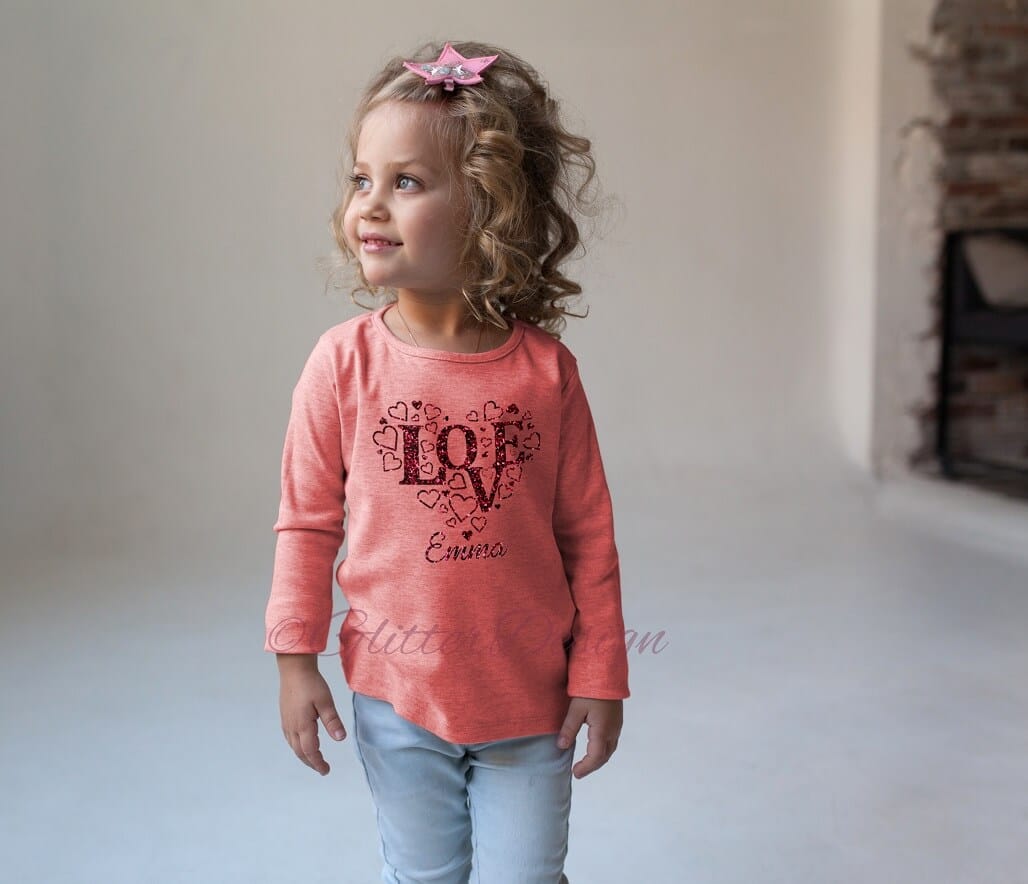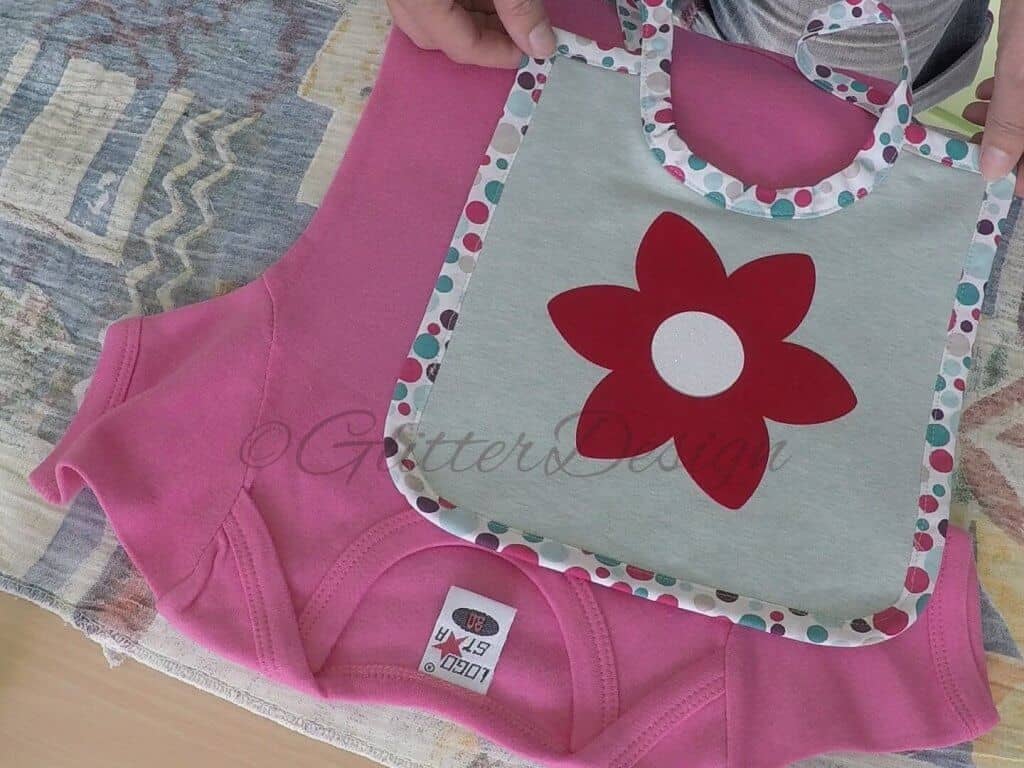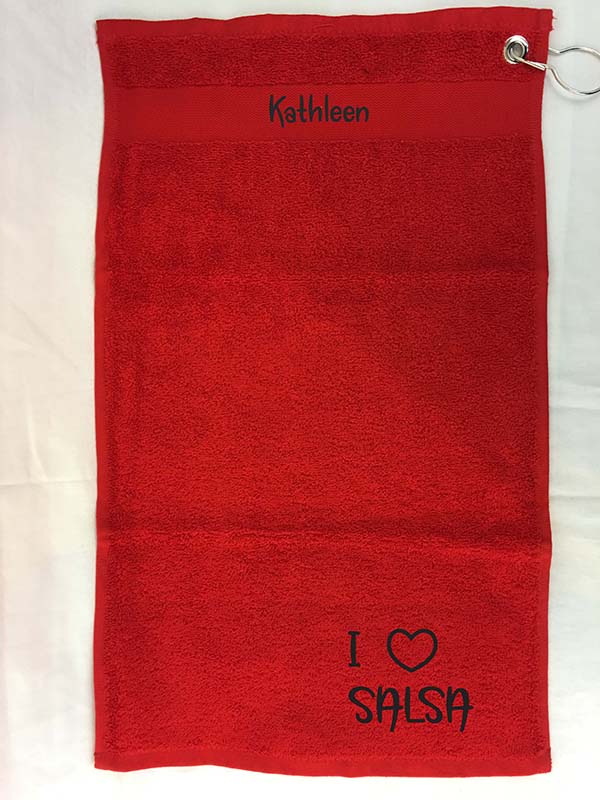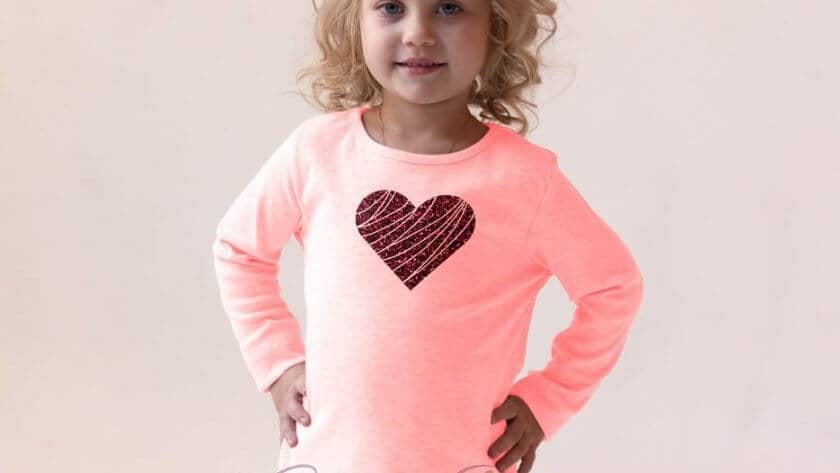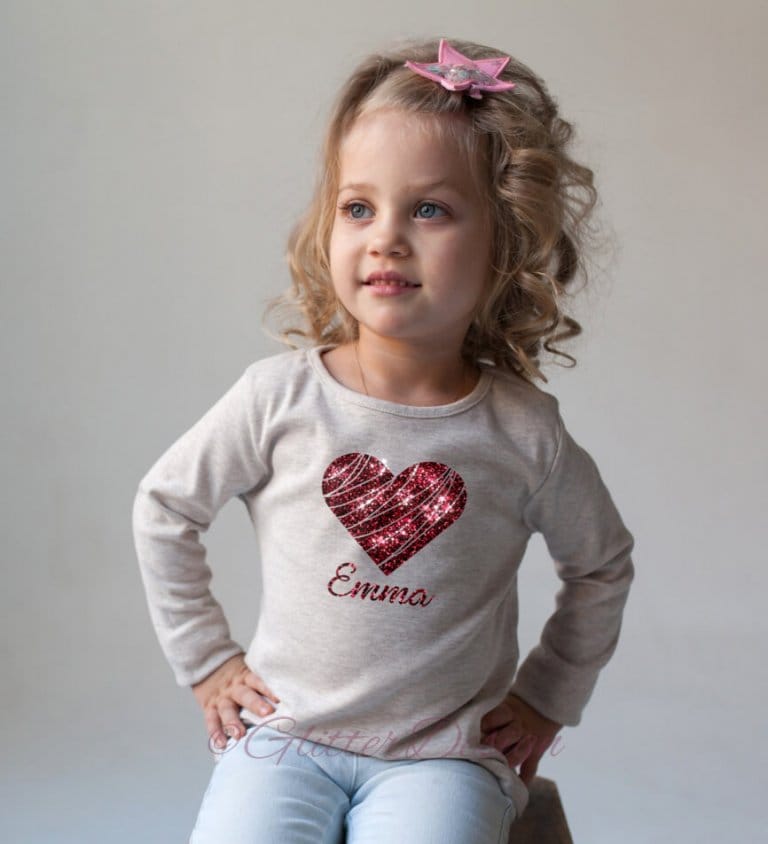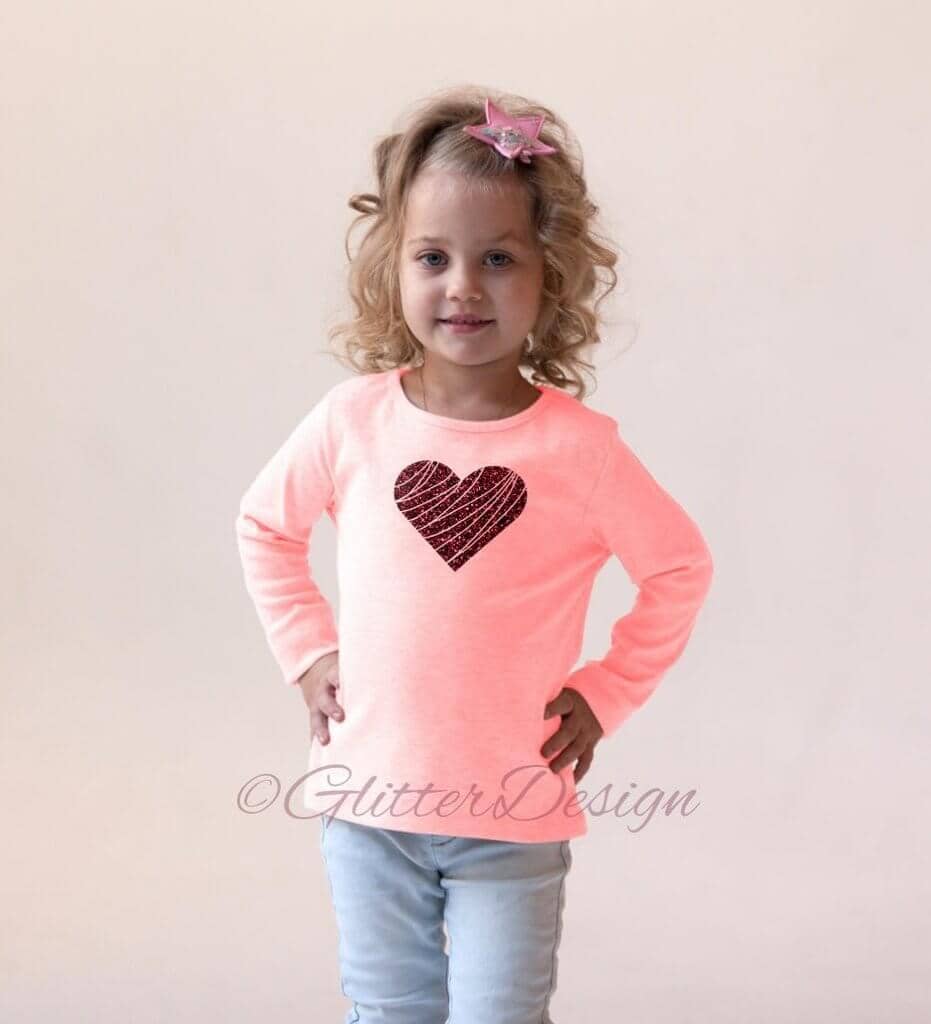WHAT IS HTV VINYL?
Or is the real question – what do you use it for, how do you get started and what should you pay attention to?
There is nothing as fun as creating a design that you can then apply to an item of your choice. The creative possibilities are endless. It seems simple but can sometimes be frustrating. I will help you on your way with some tips and videos.
What is HTV vinyl? Well, as the name suggests, a heat transfer vinyl. It is a special type of vinyl that can be applied to specific fabrics to create text, designs and promotional items. The material consists of a front with glue layer and a back (called backing or backing). It is supplied in a roll or sheet form with an adhesive back. For example, it can easily be cut with a cutter, peeled (or weeded) with a weeding tool and attached to material by applying heat. You always have to cut HTV in mirror image
WHAT TYPES OF HTV ARE AVAILABLE?
There are many types of colors, styles and finishes. Transfers are possible in matte, glossy and even glitter material (my personal favorite of course); the so-called glitter HTV, with which you can apply glitter to your clothing in a fun and easy way. You can also get transfers in flocked HTV. These are durable and feel velvety. There are also designs available in holographic, reflective, glow-in-the-dark and 3D techno HTV, which makes the design blow up a bit. Very special and nice effect!
There are several major manufacturers such as Siser and Stahls that have brand versions of their own HTV. The brand selection is determined by the fabric on which the HTV is applied, the method of heat transfer and personal preference. Each brand has different versions of vinyl that are made for specific fabrics and substrates. So the message is testing! I strongly recommend that you first test every new item that you use.
WHAT IS HTV VINYL USED FOR?
You have HTV in a large number of colors and special options mentioned. It is best used for simple designs with minimal colors, since each individual color or pattern used in the design must be cut, peeled (weeded) and heat pressed. Certain types of HTV can be pressed on top of each other to form multi-colored designs. The more layers involved, the harder it is to match each of them to achieve the end result. So that can be quite a challenge. HTV cannot be used for color photos or the like. There are other applications for that.
HTV can be used to create special effects with its glitter, flocked, holographic, glow-in-the-dark and 3D effects. The ability to use multiple layers on top of each other depends on the type of HTV being used.
WHAT CAN I APPLY HTV TO?
Because of the way in which the HTV is applied, you use it on fabrics and materials that can withstand the heat and pressure that is necessary for the transfer to adhere properly. For fabrics and clothing, these are typically temperatures in the range of 120 to 150 degrees Celsius. The product (also known as a substrate) must be able to withstand the pressure and heat of an iron or heat press.
You can easily print HTV on, among other things, polos, t-shirts, caps, jeans, bags, jackets, bags, rompers, ties, sheets, scarves, aprons and canvas.
Each HTV manufacturer will list which products can be used for each type of vinyl. Fabrics such as cotton, cotton / polyester blends, polyester and canvas work well with HTV. There are types of HTV that can also be used with nylon and leather. However, products such as paper and plastics do not work well because they cannot absorb the heat required to adhere the vinyl to the substrate. It is very important to ensure that the correct HTV type is used with the correct material.
WHAT IS THE DIFFERENCE BETWEEN HTV AND VINYL?
The big difference between HTV and vinyl is that it is not applied with heat. So it’s really just one big sticker!
Just as with HTV, there are a huge number of options. Always view the purposes for which you will use it, before you make a purchase.
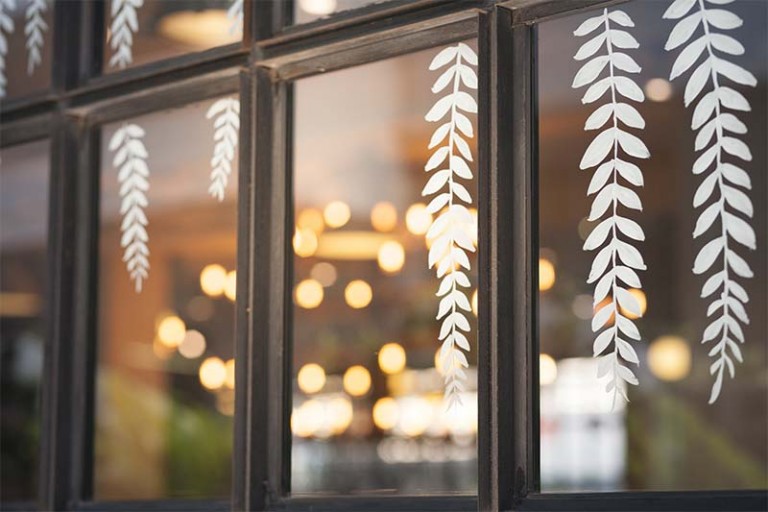
WHAT SHOULD YOU PAY ATTENTION TO WHEN YOU BUY HTV?
As already mentioned, there is a very wide choice of colors, materials and brands. It must therefore be said that there can also be major differences in quality. Since you must be able to apply HTV to stretchable materials, the HTV itself must also be stretchable. It must of course be suitable for printing on cotton and polyester or a combination of these. It must then be easy to peel and not come off after application. It must be washable and last a long time.
Before you buy HTV, always think carefully about what exactly you are going to use it for and check whether the HTV is suitable for what you want to do with it. If you still have doubts about something or you have a question, you can always send me a message.
Now that you know what HTV is, what you can do with it and what you should pay attention to, you can get started:
make a design with the software of your cutting machines
- cut the HTV (mirrored)
- peel OR weeden your design
- apply heat with a heat press or iron

